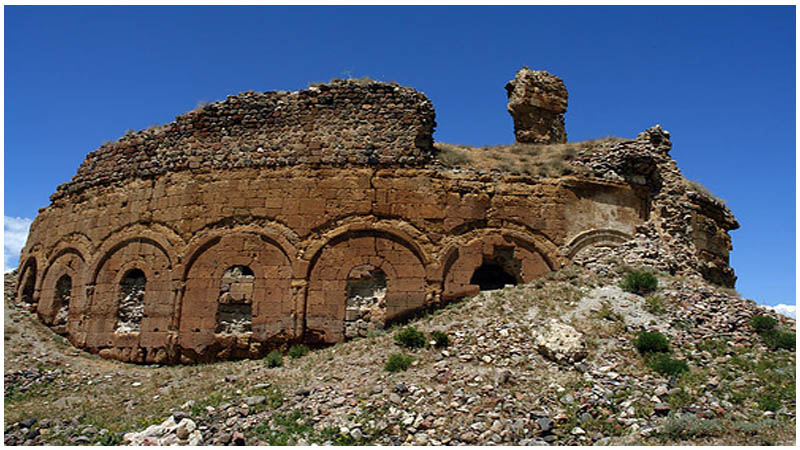Bana Cathedral – or Penek Kilisesi by its recent Turkish designation – is centuries old, yet parts of it remain in surprisingly good condition. The cathedral is believed to have been erected during the 7th century, during the start of the medieval period, in what is today Erzurum Province, Turkey.
This claim is supported by a historical record from the 11th century. The cathedral was built in a design known as a Tetraconch, which translates from Greek as “four shells” and is a common design among religious structures. The “four shells” refer to the four apses, which create the shape of a Greek cross.
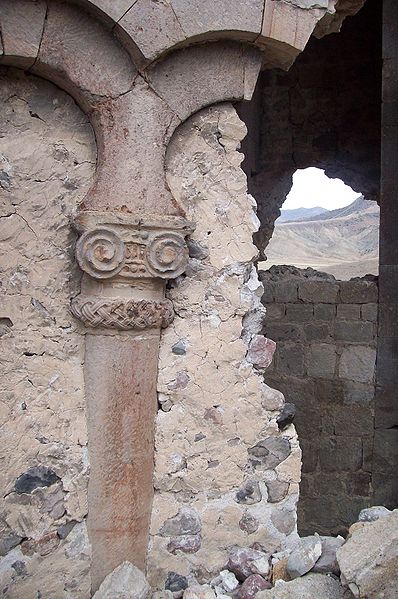
The 11th century record was written by the Georgian chronicler Sumbat, son of David, and records that the Georgian king Adarnase IV of Iberia gave the order for the cathedral to be constructed on the location.
The document has become a matter of debate. Many researchers interpret the document literally, whilst others support the idea that Adarnase IV reconstructed the cathedral rather than erecting it anew. A number of art scholars are also of the belief that Adarnase IV reconstructed the cathedral.
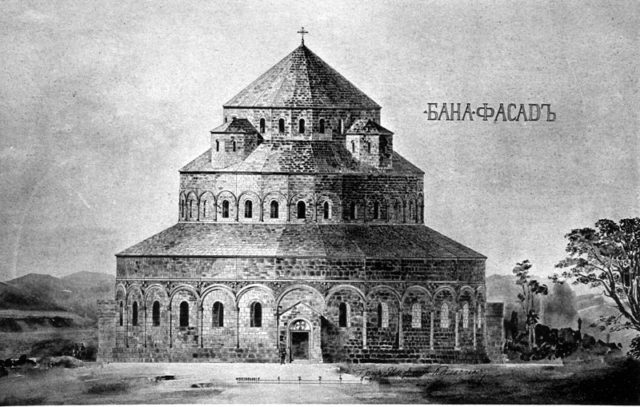
For almost a century the cathedral prospered, until it was heavily damaged in the Arab–Byzantine wars of the 8th century. During these wars, the Byzantine Empire used “Greek Fire” to great effect: an incendiary weapon that could continue burning even whilst floating on water.
During the wars, the Tao region where the cathedral is located was severely damaged. The Georgian Bagratids resettled the region, and monastic life experienced a rebirth. As time passed, new settlements appeared towards the south and the Georgian royals started to renovate the abandoned monasteries that the Armenians had left behind, and even erected a number of new monasteries.
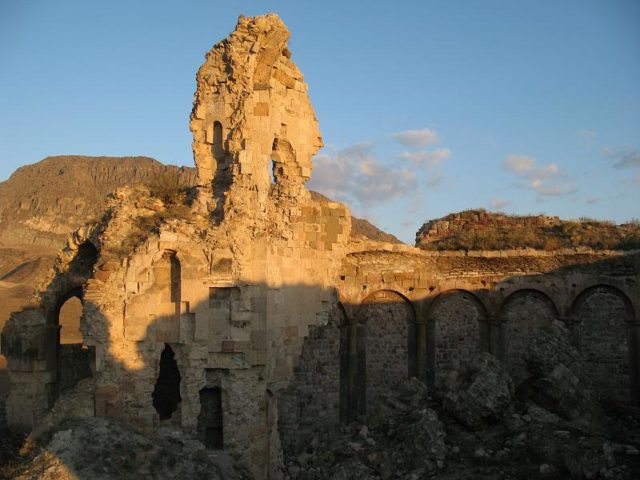
With Adarnase IV’s renovations, Bana Cathedral became one of the most important churches of the Bagrationi dynasty. In 1027, Bagrat IV of Georgia was crowned in the cathedral. He was also married there, to Helena Argyre when he was just 14-years-old, and soon became a young widower when Helena died one year later. According to local legend, Helena had one of the nails used to crucify Jesus Christ as an important part of her rich dowry.
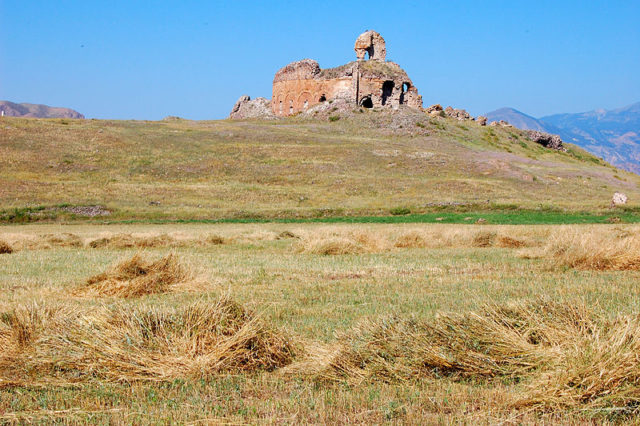
When Vakhtang IV of Georgia died in 1446, he was laid to rest at the cathedral beside his wife Sitikhatun. When the mighty Ottoman Empire came to the area in the 16th century, the Christians left in a hurry. At the time of the Crimean War, the cathedral was transformed into a fortress by the Ottoman Army. A bulwark was added to its south side.
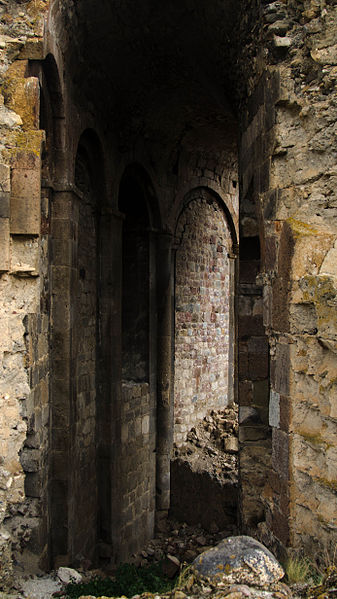
22 years after the end of the Crimean War, the Russo-Turkish war started, which lasted for a year. During this period the cathedral was damaged by Russian heavy weaponry; the dome was blown clean off.
Karl Koch, the German Botanist who sketched the cathedral in 1843, declared Bana Cathedral to be one of the East’s most exceptional religious structures, after Turkey’s timeless Hagia Sophia.
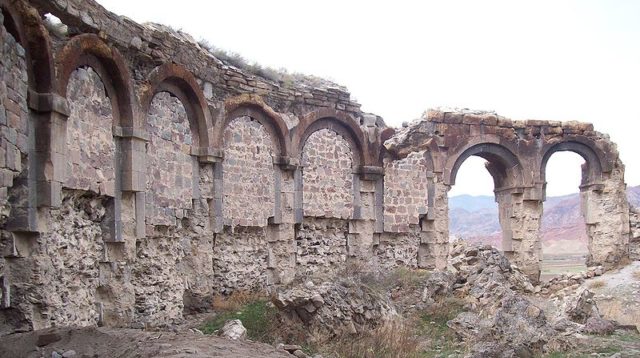
The cathedral was visited in 1879 – the same year Koch passed away – by ethnographer Yevgeny Veidenbaum. In 1881, the Georgina scholar Dimitri Bakradze also visited the ruins of Bana Cathedral.
Both of the scholars reported the absence of the cathedral dome but noted the survival of an inscription in ancient Asomtavruli script. At the start of the 20th century, the cathedral became a research target of Ekvtime Taqaishvili, a distinguished Georgian architect.
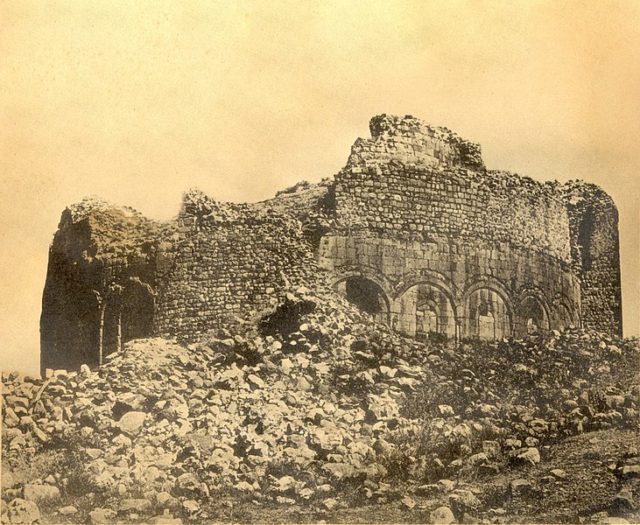
During the Cold War, the cathedral was studied by a number of Western researchers. American historian and archaeologist Dr. Robert W. Edwards carried out scientific research on the cathedral and even drew a plan of the site to scale.
In 2016, a decision was made to construct a replica of the cathedral in the small town of Surami.
